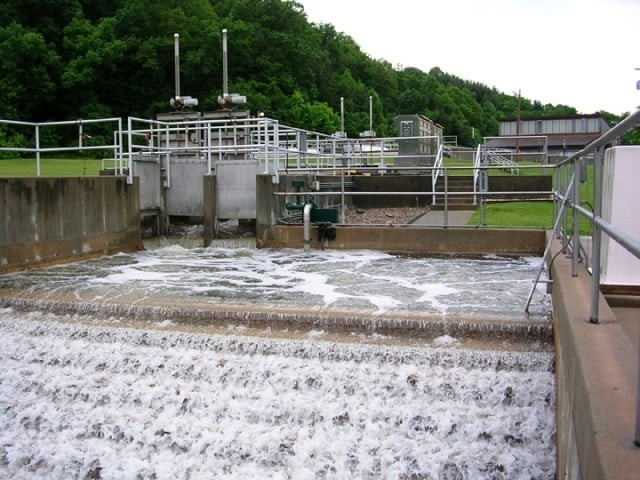Source of the issue: Don’t look for water underground, look in the sewers
Speakers at International Water Conference discuss ways to alleviate city's water woes

Speakers at International Water Conference discuss ways to alleviate city's water woes. PHOTO: FILE
Speaking at a session titled 'Water for Cities: Making the Metropolis More Manageable', Dr Khatak spoke at length about the available and potential water sources in Karachi.
Environmental pollution: SC gives one-month to complete sewage treatment plant
He said that the Dumlottee well field area has almost depleted. "At present, it only supplies 1.4 million gallons per day (MGD) and that too after rainfall," he claimed, adding that, through desalinated plants, 3MGD of water is supplied to the Defence Housing Authority.
Dr Khatak pointed out that the K-IV, an important project that is promising 1,200 cusecs of water, may be the city's only viable option. "During the period between 1995 and 2003, the Hub Dam has never been full. On the other hand, for desalination plants to work, technical breakthroughs are needed," he said, highlighting the various problems with Karachi's surface water sources.

With respect to water demands in Karachi's commercial units, Rabia Tabassum, a professor from the National University of Computer and Emerging Sciences, shared her research based on a sample of 300 commercial units. By taking into account the per unit area and employee estimates, she concluded that the demand for commercially used water is between ten and twenty per cent of total water. "The demand for per unit area was estimated to be 0.031 gallons per square foot. While per employee usage came out to be 2.3 gallons per day," she said.
Through her findings, Tabassum showed that restaurants are the highest water consuming enterprises, followed by medical services and the least consumption is in the cosmetic industry. "Karachi's domestic consumption is 25 gallons per capita daily (GPCD), which is quite low compared to the developed world's, which exceeds 70GPCD," she said.
Similar case studies were also shared by other researchers. Among these, the one that received the most accolades from the audience was by Rasul Bux Mahar of Mehran University of Engineering and Technology. His study was based on the potential recycling of greywater generated after ablution from mosques in Hyderabad. Mahar explained that a sample of 72 mosques was selected from four main municipalities of Hyderabad. Through the help of a flow meter and pan method, it was found out that an average person uses 7.4 litres of water during ablution. "The dilemma of using freshwater for toilet flushing is quite obvious," he said.
Municipal mishap: Sewage water outside church discourages worshippers from entering
Mahar further said that a research was undertaken to find out people's recommendations on the use of greywater. "Fifty-six per cent of the people recommended it for flushing toilets, 41 per cent for gardening, while only three per cent opted for cleaning floors," he said, adding that the treatment of this greywater is fairly easy, through sand filters and the addition of bleach powder as a disinfectant.
Published in The Express Tribune, November 19th, 2015.



















COMMENTS
Comments are moderated and generally will be posted if they are on-topic and not abusive.
For more information, please see our Comments FAQ